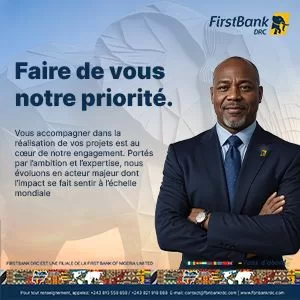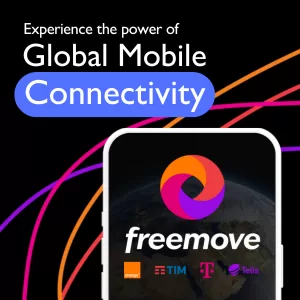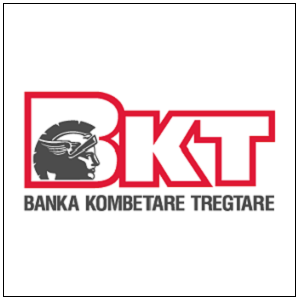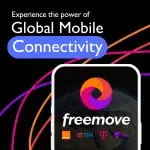Technology
How Is the Sports Industry Enhancing Consumer and Fan Relationships?
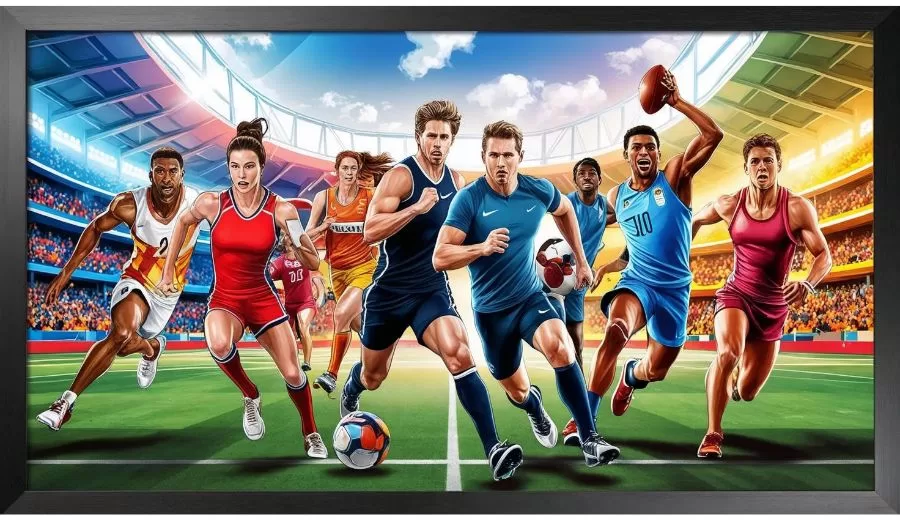
Fans are now more connected to the teams and athletes they love than ever before. After all, streaming services, social media platforms and even fan-led channels are all bringing people closer to the action.
This ease of connectivity has caused certain sports like football and rugby to grow rapidly in the past few years. After all, it’s easy to support your favourite club or player no matter where you are in the world, and you no longer need a ticket to the stadium or an expensive TV package.
With this in mind, let’s take a detailed look at how the sports industry in general is enhancing the relationship between leagues, clubs and fans.
Digital Platforms and Direct Fan Engagement
One of the main ways that the sports industry is trying to engage new fans is via digital platforms such as Twitter (now X) and Instagram. It’s now incredibly popular for clubs and athletes alike to have their own accounts so they can directly relay brand stories to fans. These accounts are incredibly popular, too. For example, Christiano Ronaldo boasts a whopping 651 million followers on Instagram and 115 million followers on X.
The same is true for teams. For example, football giants AS Roma have now become known for their witty Twitter presence, and Formula One teams often share memes that target new fans of the sport who were initially attracted by Drive to Survive. These fans tend to be younger and are much more active on social media than so-called ‘legacy fans’ of the sport. This means these teams are able to effectively open up the sport and directly appeal to new fans.
On a wider level, streaming services and dedicated apps that are run by leagues and broadcasters have also become increasingly popular. These allow fans to watch live sport without the need for an expensive TV package.
For example, it’s now possible for fans to log into a rugby streaming app that allows them to watch content tailored to their interests, from live games and highlights to exclusive interviews and documentaries. They can do all of this in one place, meaning they can enjoy an immersive experience.
But, not only do these apps have a benefit for fans, but they also provide a direct benefit for the people running the app (such as the team, league or broadcast partner). This is because they allow the operator to both increase the global reach of the sport and collect valuable user data that can be used to personalise the user experience even further.
Fan Tokens and Web3 Innovations
The rise of blockchain and Web3 technologies and NFTs has allowed clubs and leagues to engage with fans in a completely new and revolutionary way.
For example, many British football clubs have entered into partnerships with brands such as Socios.com. Via Socios, fans can buy ‘tokens’ that give them special rights, such as being able to vote on things like prospective shirt designs or songs that will be played at the stadium pre-match.
This takes the fan experience a step further, allowing many to not only ‘make their voice heard’, but actually participate in the way their club is run.
Meanwhile, NFTs, such as NBA Top Shot, allow fans to buy officially licensed memorabilia in a digital format. This means they can own something unique, cool and linked to the franchise or player they support.
Personalisation and the Fan Experience
Personalisation is central to modern sports marketing. Using data and AI, organisations tailor offers and content to fan preferences — such as location, favourite player, or matchday habits — boosting loyalty and lifetime value.
Stadiums are also being redesigned to cater to personalised experiences. Smart stadiums equipped with mobile ordering, interactive screens, and augmented reality (AR) activations provide fans with more than just a seat — they offer a connected, immersive environment.
Some clubs even allow fans to choose camera angles during replays via their mobile devices, deepening engagement through interactivity.
Conclusion
The relationship between sports entities is now dynamic, with fans searching for deeper engagement and personalisation. Meanwhile, clubs, leagues and broadcasters are looking at innovative ways of attracting new fans.
As technology continues to evolve, so too will the ways in which sports bring people together — not just as spectators, but as active participants in the story.







